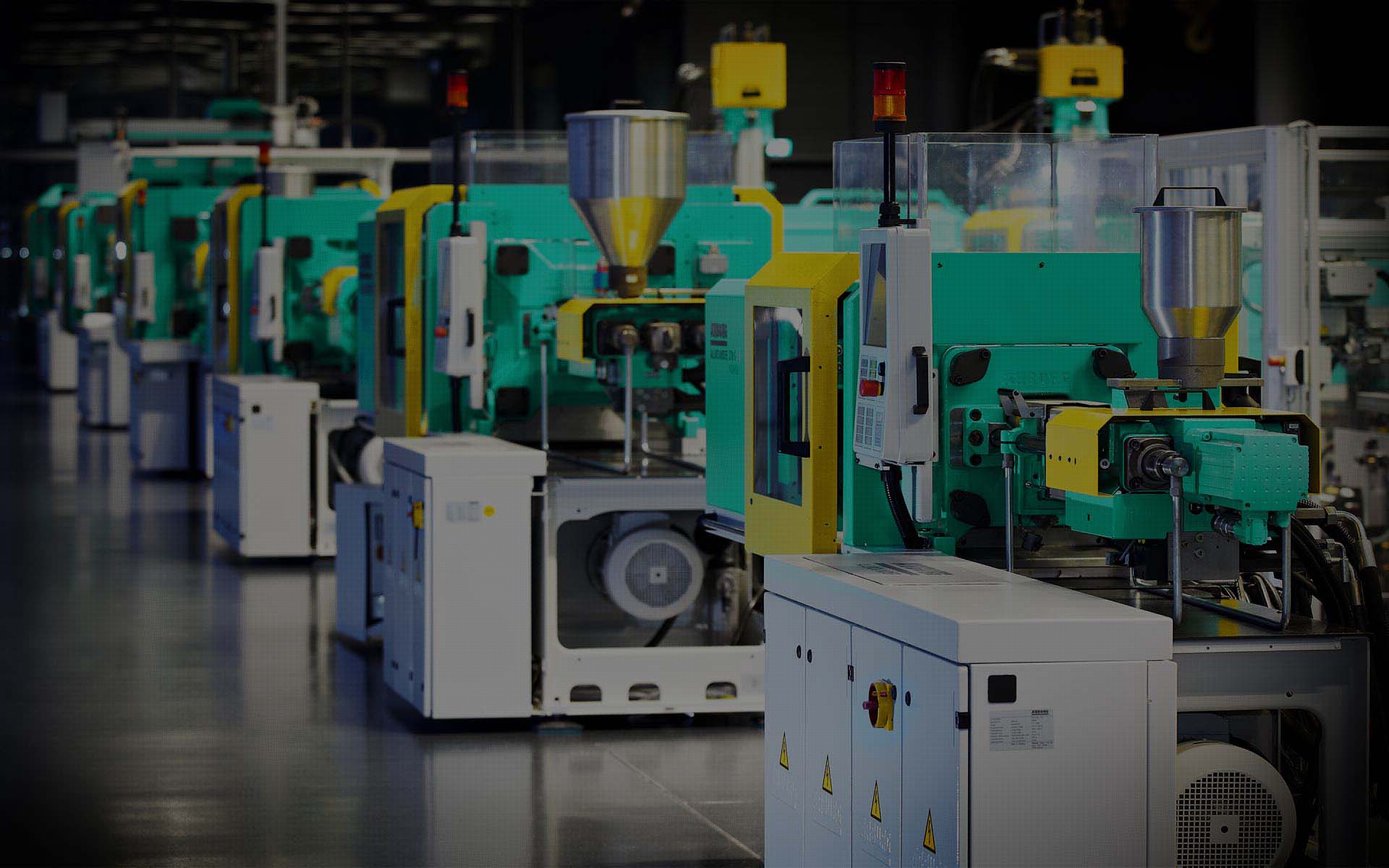Microinjection is a technique that allows researchers to insert genes or macromolecules into cells, tissues and oocytes. It is used to manipulate cells, study cellular processes and create new organisms.
It is difficult to break through the cell wall structures of eukaryotic cells for microinjection. This has led to a focus on equipment design and standardization.
What is Microinjection?
Microinjection is a technique for injecting molecules at a microscopic scale. It is often used for genetic engineering applications and in cell biology studies. The process involves the use of a microscope, a micropipette, and a micromanipulator.
DNA, or deoxyribonucleic acid, is the hereditary material found in most organisms and contains a code made up of four chemical bases: adenine (A), guanine (G), cytosine (C), and thymine (T). Microinjection techniques allow for the transfer of genes between animals, resulting in the generation of transgenic models.
A common application of microinjection is the pronuclear injection method, which allows for random integration of a gene into a developing zygote by injecting sperm nuclei into the female pronucleus of a fertilized mouse egg. The eggs that survive the process are then transferred into oviducts of pseudopregnant foster females for the generation of founder mice, from which permanent transgenic lines can be established. This process can be time-consuming, however, and requires careful alignment between the animals and needle as well as reliable immobilization on a glass slide.
Instruments
The microinjection process is performed under an inverted microscope using differential interference contrast optics. The microscope is equipped with two micromanipulators (one to hold the pipette and one to control the injection needle) connected to a computer-controlled pressure system.
The injection needle can be purchased commercially as a disposable glass microinjection pipet with femtoliter to microliter volume delivery capabilities, or can be made in the laboratory using a programmable P-97 Flaming Brown pipet puller (Sutter Instrument Company, Novato, CA) and filamented, thin-walled borosilicate glass capillary tubes (outside diameter: 1.0 mm, inside diameter: 0.75 mm; World Precision Instruments, Sarasota FL). The needle tip should be narrow enough to puncture the cell membrane but wide enough to allow backfilling by the capillary action.
The injection system should have a Clear function, which applies high air pressure for a short duration to the injection needle to remove clogs. The injection system should also have a manual mode that allows the user to apply injection pressure by hand, for greater control of the procedure and injection depth.
Techniques
Several microinjection methods are available. They are based on different fluid dynamics and microfluidic principles. Ideally, they use passive micromanipulation to avoid any mechanical disturbances during the procedure.
This method is highly effective in introducing small molecules, proteins or viruses into cells. It is also a useful technique for genetically engineering embryonic stem cells. Compared to pronuclear injection, it is less time-consuming and has a higher success rate.
The pulsating flow patterns at the injection station and the cross-junction are synchronized to produce double emulsions. These pulsating flows are responsible for steering Droplet during the injection process. When the pulsating flow is ceased, the system returns to a laminar state. This allows the fixed microneedle to pierce and deliver Injected to Droplet. Afterwards, the pulsating flows reverse to provide backpressure to pull the generated double emulsion off the microneedle. The result is a successful microinjection that enables the generation of transgenic organisms. This is a major improvement over the random genetic transformation of sea urchins by pronuclear injection, which results in a low number of integrated transformants.
Safety
The success of microinjection depends on the ability to work quickly, precisely and without error. It is often the case that a few small preparations can make all the difference on the day of the experiment.
Preparing injection molds ahead of time will ensure that you have everything you need within reach on the day of microinjection. Depending on the method, you may require a large box or tray to hold a micropipette, a box of Microloader tips and an injection needle.
Before starting, make sure that the microneedle tip is clean and in good condition. A good way to do this is to place the needle into a solution of 2% agarose and a few drops of M9. This will help to avoid dehydration or wrinkling of the injection needle. Then, focus your 40x objective on the gonad (pachytene region) and ensure that the tip of the needle is in the focal plane. This will allow the flow of the injection mixture to reach mature oocytes in the gonad.micro injection




